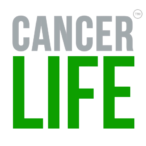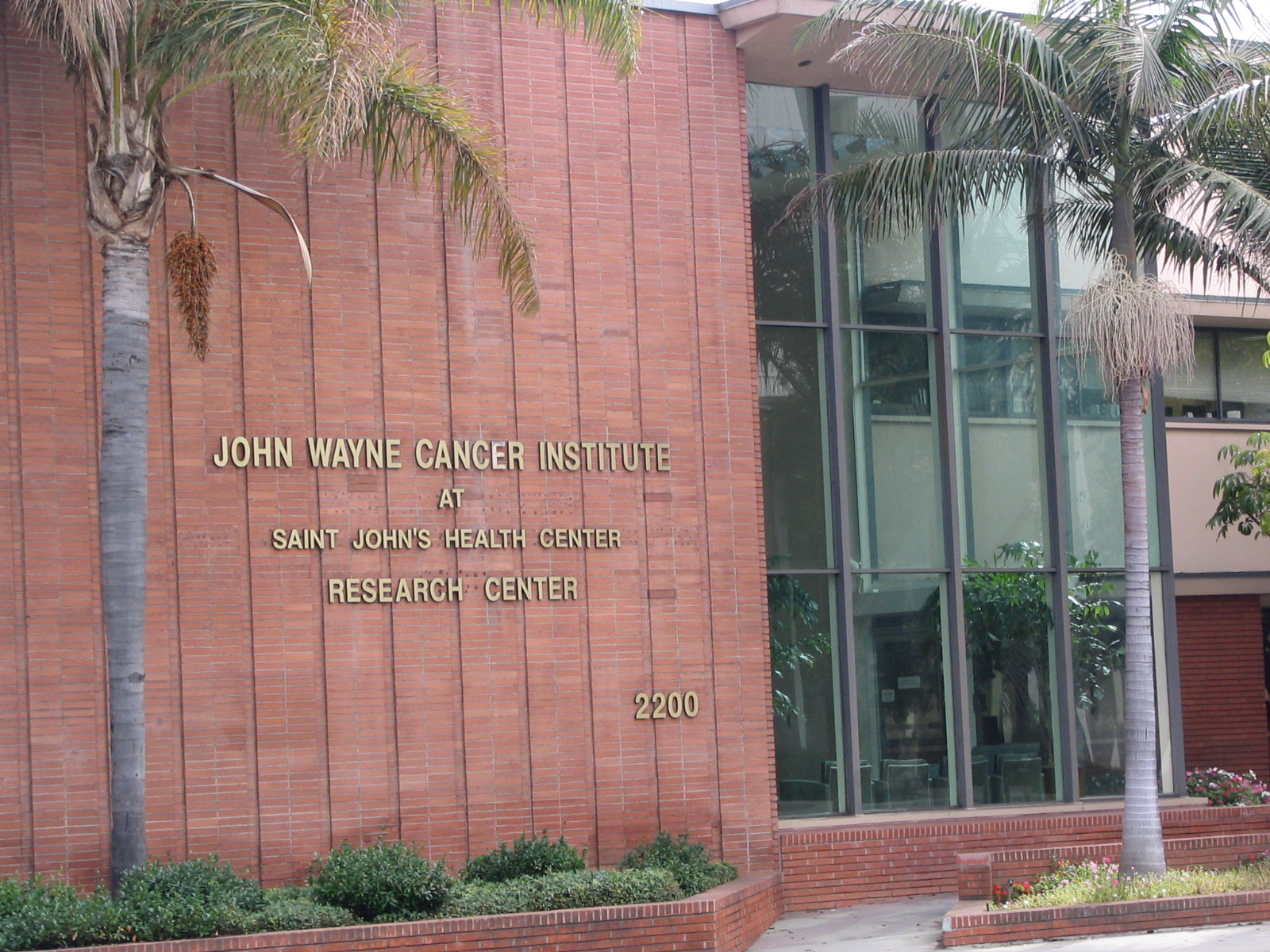WHY I WANT GOOGLE AND BIG TECH TO HAVE ACCESS TO MY MEDICAL DATA AND YOU SHOULD TOO!
As we enter 2020, healthcare data has become front and center into the discussion around Big Tech working with hospitals medical record data. Google CEO said just yesterday @ Davos that “healthcare offers the biggest opportunity for the company over the next 5-10 years.” This after the recent discussion around their relationship with ASCENSION where Google has access to millions of medical records WITHOUT patient consent. Apple and AWS are also involved in several other public projects. Facebook is quite as a mouse but I am sure they up to something. But they are a different use case altogether. #advertising
As someone who has worked in the Cancer Industry for the last 8 years, I am thrilled that Big Tech entre into this market! Why? (even though in a lot of ways my company will be competing with them). Why don’t I share the “outrage” like many healthcare patient advocates? Why don’t I personal care personally but are excited at the idea for millions of cancer patients that Google, AWS, Microsoft and Apple have access to their de-identified data?
Because the IT systems used in hospitals are so bad, WE NEED THEIR HELP! I firmly believe the outrage should shift to a BIGGER problem. The problem is interoperability of EHR data and utter travesty of the technology behind these companies like EPIC. EPIC which has been built using 70’s software code and flat file data structure with 16,000 tables gained an almost universal MONOPOLY in the healthcare IT space by a “groupthink ”buyers mentality. Remember the 70/80s moniker by IBM…”No one ever got fired for buying IBM”…Well the same thing happened in Healthcare IT space over the last 20 years. “No one ever got fired for buying EPIC” (There may be a few exceptions where EPIC installations cost overruns bankrupted several health systems and hospitals.) The EHR systems were designed to speed up billing electronically and allow hospitals to upcode (more money) and get paid faster. Believe me, I know. I sold them in the late 90s. Clinical research and decision support was NEVER discussed as a reason to implement them.
Today, CEO of EPIC Systems Judy Faulkner, has sent letters to all EPIC customers NOT to support the HHS new rules on data blocking. https://www.cnbc.com/2020/01/22/epic-ceo-sends-letter-urging-hospitals-to-oppose-hhs-data-sharing-rule.html That this would “put patients at risk” for privacy issues. What a joke? Doesn’t this sound like a business move to maintain their industry control that they have enjoyed over the last 20 years with over 35B in government incentives that they and she has personally benefited from?
As a cancer advocate one of the biggest problems, I have seen is the lack of good data that oncologists have access to. Looking a longitudinal data across patient populations within a health system is NOT POSSIBLE with EPIC or other EHRs. (#FlatIronHealth) A doctor cannot look at his patient’s data and compare him/her to how others are doing. What other treatments may or may not be working elsewhere. 2nd, 3rd line treatment decisions are made mostly in vacuums. Which is exactly how pharma would like it but that for another blog discussion. The bottomline is that EHR companies either have refused to build or are unable to build because of the lifecycle technology problem with better research tools for doctors. Here is demo of the Clinical data tool that Google has built using search and machine learning natural language processing technology to help clinicians do their job better and faster! Why is this a bad thing?https://www.youtube.com/watch?v=P3SYqcPXqNk The solution even is able to search handwritten notes in a patient’s scanned PAPER chart! Do you know how hard this from a AI perspective? handwritten!
Another key functionality that this tool will solve is that immunotherapies require genetic markers identification of the tumor or person (BRCA+-). Genetic data is not stored in the EHR in a reportable format. The genetic data is basically a PDF report sent by the lab company such Foundation Medicine or entered manually into EHR “Patients Notes” section of the patient’s chart. Matching these markers to new therapies is another manual process for doctors. This Google Clinical Search tool will be able to do this instantly like searching for a location on google maps.
Healthcare and AI are perfect fit. Technology providers willing to invest the hundreds of millions of dollars to pay for the most expensive machine learning software programmers (Google DeepMind lost 570M last year) and potential to benefit millions of people lives. Isn’t that what healthcare innovation is all about? Why would we want to block that? Because of consent? Isn’t that an easy thing to fix? What about a a consent form data sharing paragraph triggered at waiting room check in“? #Problemsolved Also the data that Google and other companies are accessing are anonymized anway! So what’s the problem?
This AI Healthcare social benefit can only be achieved if we give Big Tech access to this data in standard data scheme such as the FIHR format which took years to put in place. Blocking this access would be a detriment to patient outcomes specifically to our most vulnerable patient populations who have overburdened clinical staff. If AI can help them, why would we want to block them?
If you ask a cancer patient if they will give permission to allow Google, Apple, Microsoft or any other third party like Cancerlife access to their anonymized medical record so they can improve their Quality of life or improve their outcome, their answer would be YES, 100% of the time. Case closed.
Don’t lose sight of the bigger issue. Why does EPIC want to block Google or other companies from their data? Because their monopolistic IT system becomes less valuable to their customers with an AI system on top of their EHR!
Let’s try and think about the social benefit of AI driven healthcare and the patients that will benefit instead of allowing EPIC another 10 years of a “safe harbor” protected regulated monopoly. It’s time to open these EHR systems up to AI driven revolution for the benefit of patients everywhere.
Charlie Coltman
CEO Founder Cancerlife

